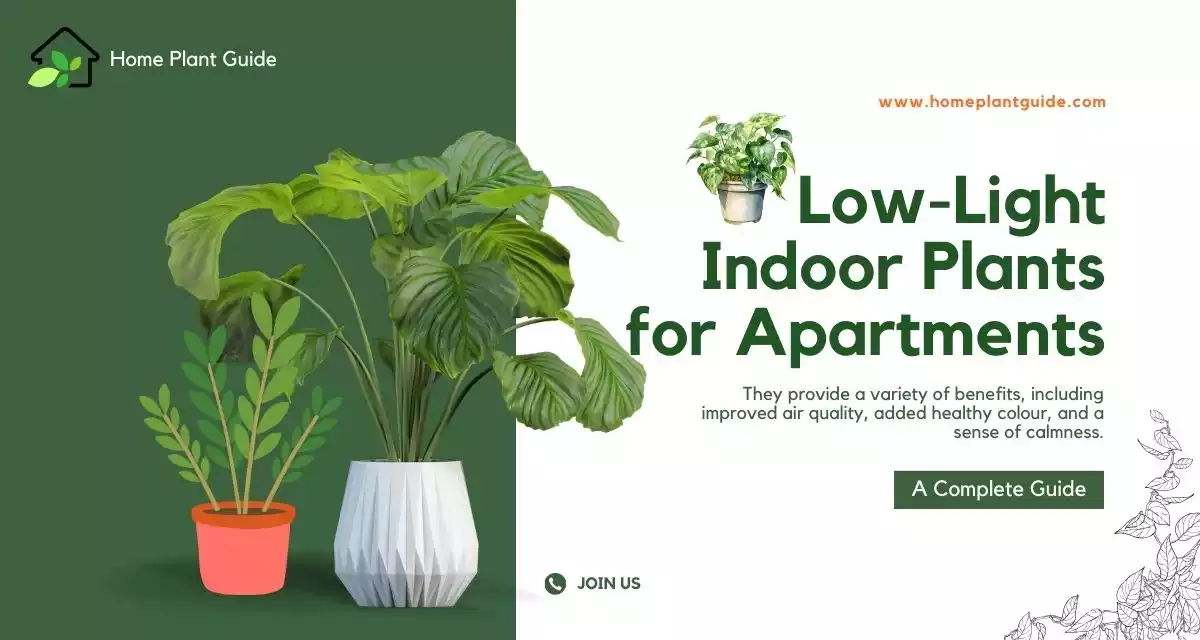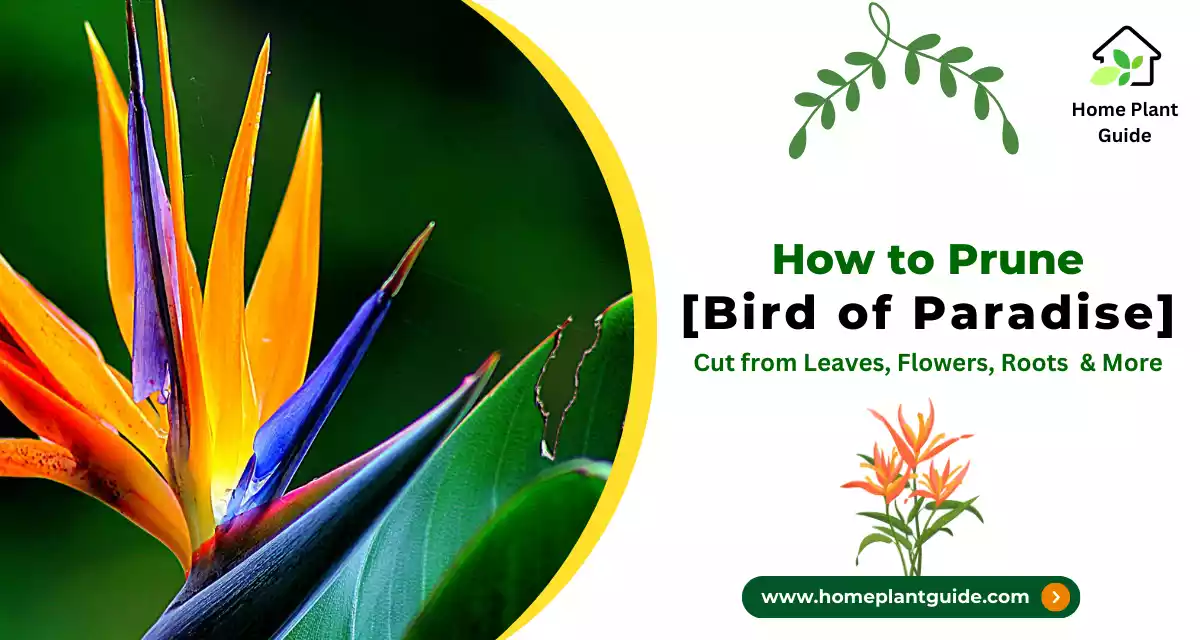Are you struggling to rescue a dying plant? Nowadays people are apprehensive about how to save a dying plant in their home. As per the global situation, we need to save trees on Earth. Because they produce oxygen everywhere.
So don’t worry – you’re not alone! Many plant enthusiasts have faced the same problem in their plantation journey. If you take some simple steps, you can bring your dying plant back to life.
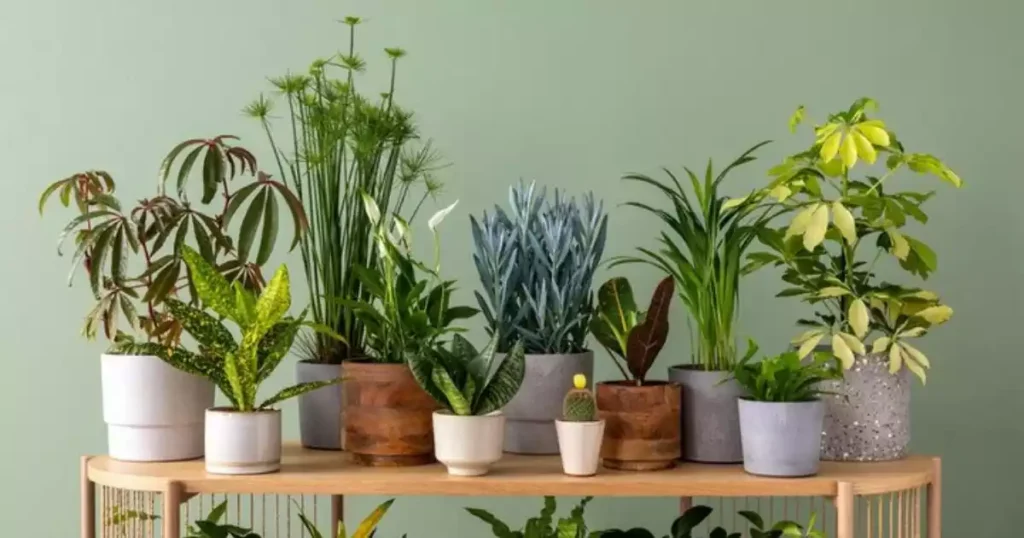
Our comprehensive blog offers step-by-step guidance, practical tips, and expert advice on diagnosing plant issues. Also, we are providing the right care to revive your dying plant and bring it back to life.
In This Article
Diagnose the Actual Problem to Save a Dying Plant
Before applying any remedies, it is very important point to identify the root cause of your plant’s distress. Check for a few signs to show like overwatering, underwatering, pests, lights, humidity, and diseases.
Understanding the issues is the first step towards nursing your plant back to health.
Have you seen droopy leaves?

- Then It indicates that the plant might be thirsty. At this time check the soil moisture. It is dry and dusty? Or soggy and smelly? Root rot could be the culprit for this situation.
Have you seen yellowing foliage?
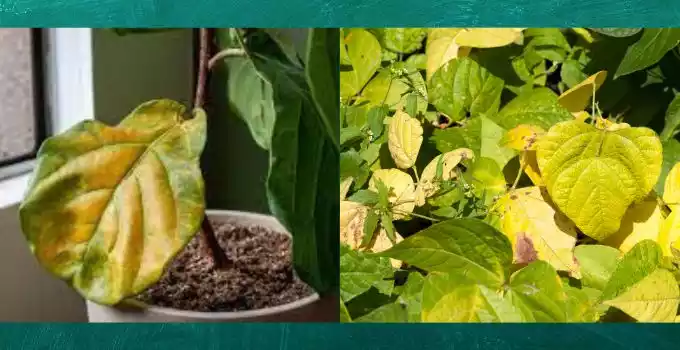
- This can be a sign of overwatering, nutrient deficiency, or lack of sunlight.
Are leaves showing brown, crispy edges?
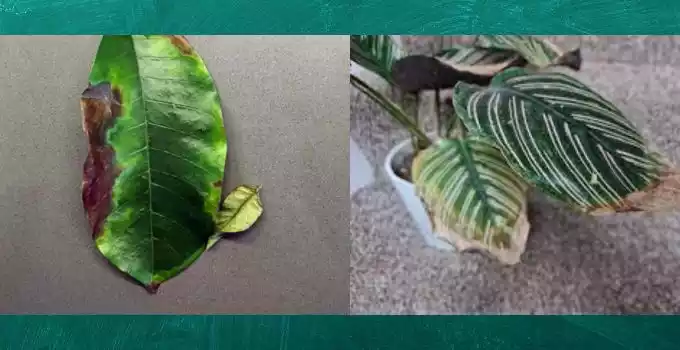
- Then it means underwatering or harsh sunlight might be the reason.
Holes or spots on leaves?
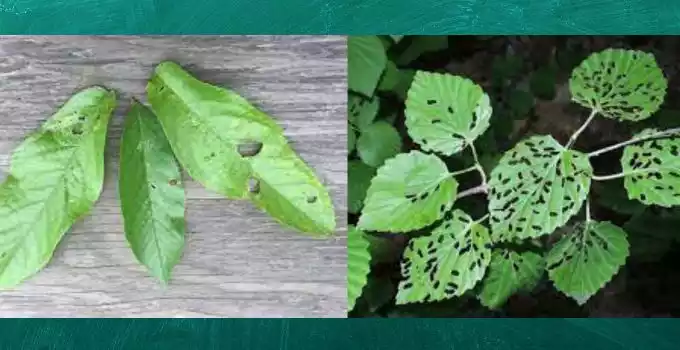
- It indicates that pests or fungal infections could be at play.
9 Easy Steps to Diagnose and Treat Your Plant’s Woes
01 Assess watering habits
Overwatering and underwatering are very common problems and the main culprit for ailing plants.
Please ensure your plant is getting the right amount of water by checking the soil’s moisture level. So stick your finger into the soil. if it feels soggy then hold off on the watering process.
For overwatered plants, let the soil dry out completely before watering again. Try to Consider repotting in well-draining soil.
02 Provide adequate sunlight
Most plants need sunlight for photosynthesis, the process that fuels their growth.
Please ensure your plant is placed in an area with the right amount of sunlight based on its species.
If it is a low-light plant then do not expose it to direct sunlight, while sun-loving plants are propagated in brighter conditions.
03 Repotting with Care
If your plant has outgrown its current pot or if you see the soil is compacted then you do consider repotting.
You can use fresh and well-draining soil. Select a pot with drainage holes. Gently remove the plant from its current pot.
After that shake off excess soil from their roots and place it in the new pot again. Spread water thoroughly after repotting.
04 Pruning and Trimming
When you see the leaves are turning yellow then trim away yellow or dead leaves from their branches.
Always use clean, sharp scissors for this purpose. This helps to redirect the plant’s energy to healthier parts and will promote it for new growth.
You should take extra care not to cut into the healthy parts of the plant.
05 Place fertilizer
Plants require proper nutrients to propagate. Choose a balanced and suitable water-soluble fertilizer for your plants.
Please follow the recommended and correct instructions to avoid over-fertilization otherwise it can be harmful to your houseplant.
During the growing season, you can apply the correct and suitable fertilizer to get the best results.
06 Combat pests and diseases
Sometimes keep an eye out for pests like spider mites or aphids, as well as signs of fungal or bacterial infections of your plants.
At this time you need to apply proper paste control. You can treat it either with natural remedies or use mild pesticides to make sure that it does not harm the plant.
07 Consistent care routine
try to establish a consistent routine care based on your plant’s needs. Check the soil condition, adjust watering accordingly, and provide the necessary direct or indirect sunlight.
Also, need to check the nutrients regularly. Consistent monitoring is the key to ensuring that your plant will remain healthy and vibrant.
08 Temperature
Keep your plant away from drafts and extreme temperatures.
09 Humidity
Some plants thrive in humid environments. So please consider using a humidifier or grouping plants to increase humidity.
–Bonus Tips-
Generally, plants are resilient creatures and their health can bounce back with proper care.
Be patient, observe their progress day by day and adjust your approach as required.
Remember, saving a dying plant is a journey, not a sprint. Be patient, observe your plant regular basis, and provide the necessary care to bring it back to life.
FAQ:
Q: My plant is severely underwatered. Can I save it?
Try soaking the entire pot in water for about 30 minutes. This will allow the roots to rehydrate.
Q: Should I prune my dying plant?
Yes, you can. Pruning can help the plant focus its energy on recovering by removing damaged or diseased leaves and stems.
Q: How can I prevent my plant from dying again?
As per research the specific needs of your plant species, including watering requirements, light levels, and temperature preferences.
Ensure proper drainage in the pot and avoid overwatering or underwatering.
Read More Healthy Plantation:


